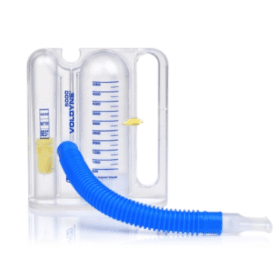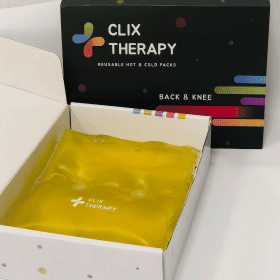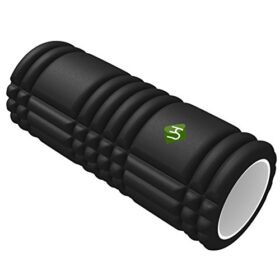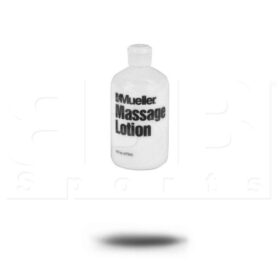Breathe in through the nose and pull the air down into the stomach. Try to spread the fingers apart with the breath. Portability : If you’re always on the go or travel frequently, a compact and lightweight device could be your best bet. Breathe in through the nose and pull the air down into the stomach. Try to spread the fingers apart with this breath.
Yes, spirometer exercises are excellent for the lungs. These exercises, often performed using an incentive spirometer, can help to improve respiratory function, increase lung capacity, and promote lung recovery after surgery or in conditions like chronic obstructive pulmonary disease (COPD) and asthma. How to Clean a Respiratory Exerciser? Remember: Everyone’s body responds differently to exercises, and it may take time before you notice improvements. Be patient with yourself and continue to exercise regularly with the device. Breath Trainer vs. Lung Exerciser Lung Exercisers or Inspiratory Muscle Trainers (IMTs) : These devices work to strengthen your respiratory muscles by providing resistance during inhalation. This increases lung capacity over time and can help improve athletic performance as well as assist in recovery from respiratory conditions.Regular use of a lung breathing trainer can lead to improvements in athletic performance, recovery from respiratory ailments, and quality of life for individuals with chronic respiratory conditions. What Machine Strengthens Your Lungs? This safe and straightforward device works by creating resistance as you inhale, making your respiratory muscles work harder — think of it as a dumbbell workout for your diaphragm. The best alternative to the POWERbreathe breathing trainer is THE BREATHER exercise trainer. It is well-regarded for its ability to train both inspiratory and expiratory muscles, aiding in improving overall lung function and respiratory health. When you finish, cough to clear any mucus from your lungs. If you’re sore from surgery, hold the pillow against you while you cough.
Yes, diaphragmatic breathing and other types of breathing exercises can potentially help maintain or increase lung capacity in those without underlying lung conditions. Increasing physical activity can also help maintain lung function. What is the best breathing exercise to increase lung capacity? This video from The American Lung Association explains how diaphragmatic, or belly breathing, works. In Mucus Relief Mode, REVITIVE Aerosure uses oscillatory PEP, vibrations transmitted to the chest wall help to dislodge mucus from the airways and lungs. Breathe through REVITIVE Aerosure 15-20 times whenever mucus needs clearing. Maybe you’ve had surgery on your chest or belly, or you’ve fractured your ribs and find it painful to take deep breaths. Or you have pneumonia or a lung condition like chronic obstructive pulmonary disease ( COPD) or cystic fibrosis. The breaths you take may not be as deep as usual. That means the air in your lungs may not move much and may not clear out any infections. This breathing trainer has been scientifically proven to ease breathing, minimize breathlessness, enhance sports performance, accelerate recovery, and boost overall health and vitality.
Company
Breath Trainer : Breath trainers primarily focus on training the muscles involved in breathing, including the diaphragm and intercostals. They teach controlled, mindful breathing, helping you to maximize oxygen intake and CO2 expulsion during each breath cycle. These devices are often used by singers, wind instrument musicians, and athletes to improve breath control, sustain longer notes, and enhance stamina and performance. They might include tools like spirometers, breath training masks, and incentive spirometers. You can use a special spirometer if you have an opening in your windpipe because of a tracheotomy. It has a valve instead of a mouthpiece. You hook it up to the tracheostomy tube connected to your throat. Benefits Both devices can contribute to improved respiratory health, so the best choice will depend on your specific goals and needs. Types of Devices to Improve Breathing Oxygen Concentrators : Used in medical settings or at home for those with severe respiratory problems, these devices increase the concentration of oxygen in the air that the user is breathing. Positive Expiratory Pressure (PEP) Devices : These devices create resistance when you exhale, helping to open up the airways and improve oxygen exchange. They are commonly used by patients with conditions like COPD, asthma, and cystic fibrosis.
Below are some frequently asked questions about lung capacity. Can you increase lung capacity with breathing exercises? Diaphragmatic breathing, or “belly breathing,” engages the diaphragm, which is supposed to do most of the heavy lifting when it comes to breathing. Start Slow : If you’re new to using a lung exerciser, start at a low resistance setting, and gradually increase it as your lungs get stronger. Pushing too hard, too fast can lead to discomfort and potential injuries.Some people may benefit from strengthening both the muscles used during inhalation (inspiratory) and exhalation (expiratory), while others might focus on one set. Remember: It’s important to consult with a healthcare professional before beginning any new exercise regimen, including one that involves a lung exerciser device, to ensure it’s suitable for your health condition. Tips for Using a Breathing Exerciser Breath trainers and lung exercisers, though used interchangeably at times, can refer to slightly different categories of devices designed to improve your respiratory health and performance.

















